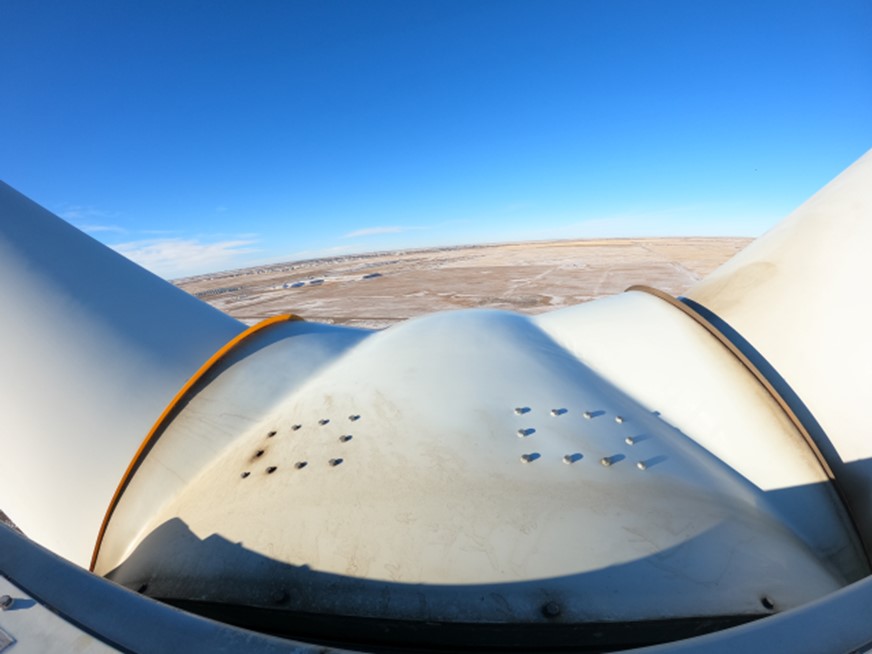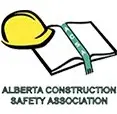Posted: Oct 1 '24

Wind turbines are an integral part of the renewable energy sector, playing a crucial role in reducing our dependence on fossil fuels. However, maintaining and repairing these towering structures come with significant risks. This is where technical rescue training becomes indispensable for wind turbine technicians. It equips them with the skills and knowledge to handle emergencies effectively, ensuring their safety and the integrity of the turbines. For more information on technical rescue training, call us today for a consultation.
Technical rescue training encompasses a wide range of skills, including rope access, confined space rescue, and advanced first aid. For wind turbine technicians, these skills are critical. The height at which they work, and the complexity of the machinery require specialized training that goes beyond standard safety protocols.
Rope Access and Rescue: Working at heights is a fundamental part of a wind turbine technician's job. Rope access training ensures that technicians can safely ascend, descend, and move laterally on ropes, enabling them to reach otherwise inaccessible areas of the turbine. In the event of an emergency, these skills are crucial for performing rescues.
Confined Space Rescue: Wind turbines have numerous confined spaces, such as the nacelle and hub. These areas can be challenging to work in, and in an emergency, rescuing someone from these spaces requires specific techniques and equipment.
First Aid and Trauma Care: Injuries can occur despite the best safety measures. Advanced first aid training prepares technicians to handle a variety of medical emergencies, providing critical care until professional medical help arrives.

The primary goal of technical rescue training is to enhance safety and preparedness. By equipping wind turbine technicians with these specialized skills, companies can significantly reduce the risks associated with their work. This training ensures that technicians are ready to respond effectively to emergencies, minimizing injury and potential damage to equipment.
Increased Safety: Technicians trained in technical rescue are better prepared to handle emergencies, leading to fewer accidents and injuries.
Improved Confidence: Knowing how to respond to various scenarios boosts technicians' confidence, allowing them to perform their duties more efficiently.
Compliance with Regulations: Many regions have stringent safety regulations for working at heights and in confined spaces. Technical rescue training ensures compliance with these regulations, avoiding potential legal issues.

Employers play a critical role in promoting technical rescue training. They must ensure that all wind turbine technicians receive this training and that it is updated regularly. Providing ongoing training not only keeps skills sharp but also introduces new techniques and equipment that can enhance safety.
To maximize the benefits of technical rescue training, employers should implement regular training programs. These programs should cover all aspects of rescue operations and be tailored to the specific needs of wind turbine technicians. Regular drills and simulations can help technicians stay proficient in their skills and ready to respond to real-life emergencies.

Investing in technical rescue training is an investment in safety. The costs associated with training are far outweighed by the benefits of having a well-prepared and confident workforce. Companies that prioritize safety training are more likely to attract and retain skilled technicians, enhancing their overall operational efficiency and reputation in the industry.
Reduced Downtime: Well-trained technicians can handle emergencies more effectively, reducing downtime and maintaining productivity.
Enhanced Reputation: Companies known for their commitment to safety are more likely to attract top talent and secure contracts.
Lower Insurance Costs: Comprehensive safety training can lead to lower insurance premiums, as the risk of accidents and injuries is reduced.

Technical rescue training is vital for wind turbine technicians. It provides them with the skills necessary to handle emergencies, ensuring their safety and the efficient operation of wind turbines. Employers must prioritize this training to foster a culture of safety and preparedness within their teams. Call us today to learn more about the safety and rescue training we provide!
REQUEST INFO ON OUR COURSES



